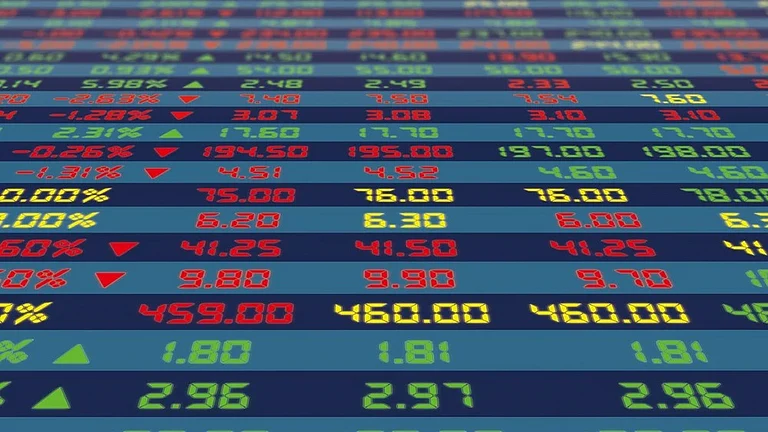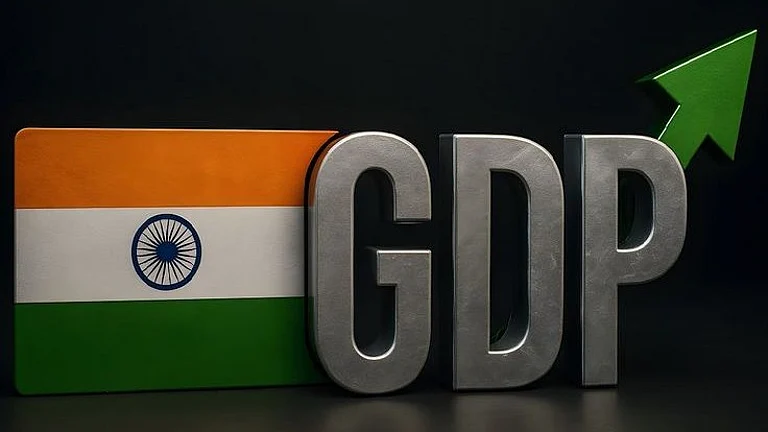01. Deposits to Equities
There is a clear shift of capital from low-yield deposit vehicles into market-linked instruments that drive real growth. In equities, passive vehicles are gaining traction. In the last financial year, passive funds—equity exchange-traded funds and index funds—attracted a combined ₹1.4 lakh crore in net inflows.
02. Local Investors Lead
Domestic institutional investors (DIIs) have maintained consistent purchasing of Indian equities since August 2023, supported by systematic investment plan inflows, effectively counterbalancing the volatility in foreign portfolio investment (FPI) flows in this period. In 2024–25, DIIs invested $71.8bn, providing crucial downside protection to the markets while offsetting the sustained selling pressure from FPIs.
03. App Trading Booms
New technologies are changing how people invest. Mobile trading made up 21% of all trading in 2024–25, the highest it has been in four years. Mobile apps have become the third most popular way to trade stocks. Over the past five years, trading through mobile platforms has grown by 36% each year.
04. Average Ticket Growth
As investors grow more prosperous and per capita income levels rise, average trade sizes have expanded correspondingly. The average value per trade has climbed over the years, from over ₹23,000 in 2014–15 to more than ₹28,000 in 2019–20.
05. Young Investors Dominate
Retail participation is dominated by young investors: the share of investors under 30 years has risen from 22.9% in March 2018 to 39.5% in March 2025, reflecting rising financial literacy and easier access through digital platforms. The median age dropped from 38 years in this period, while the mean age fell from 41.2 to 35.8 years.
(As told to Srabastee Biswas)












